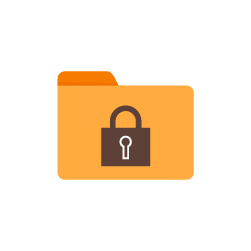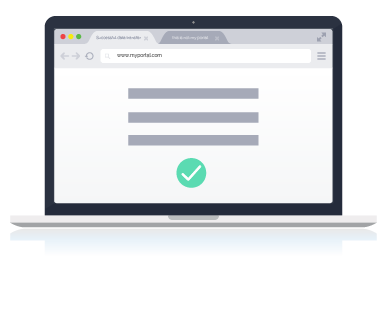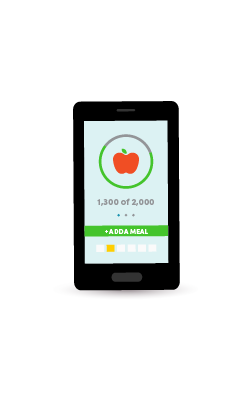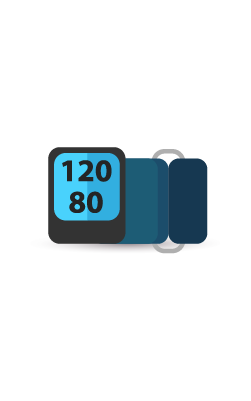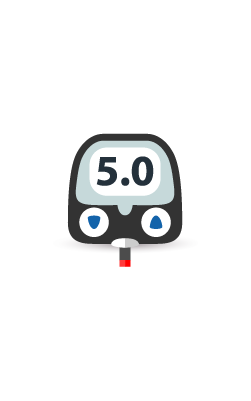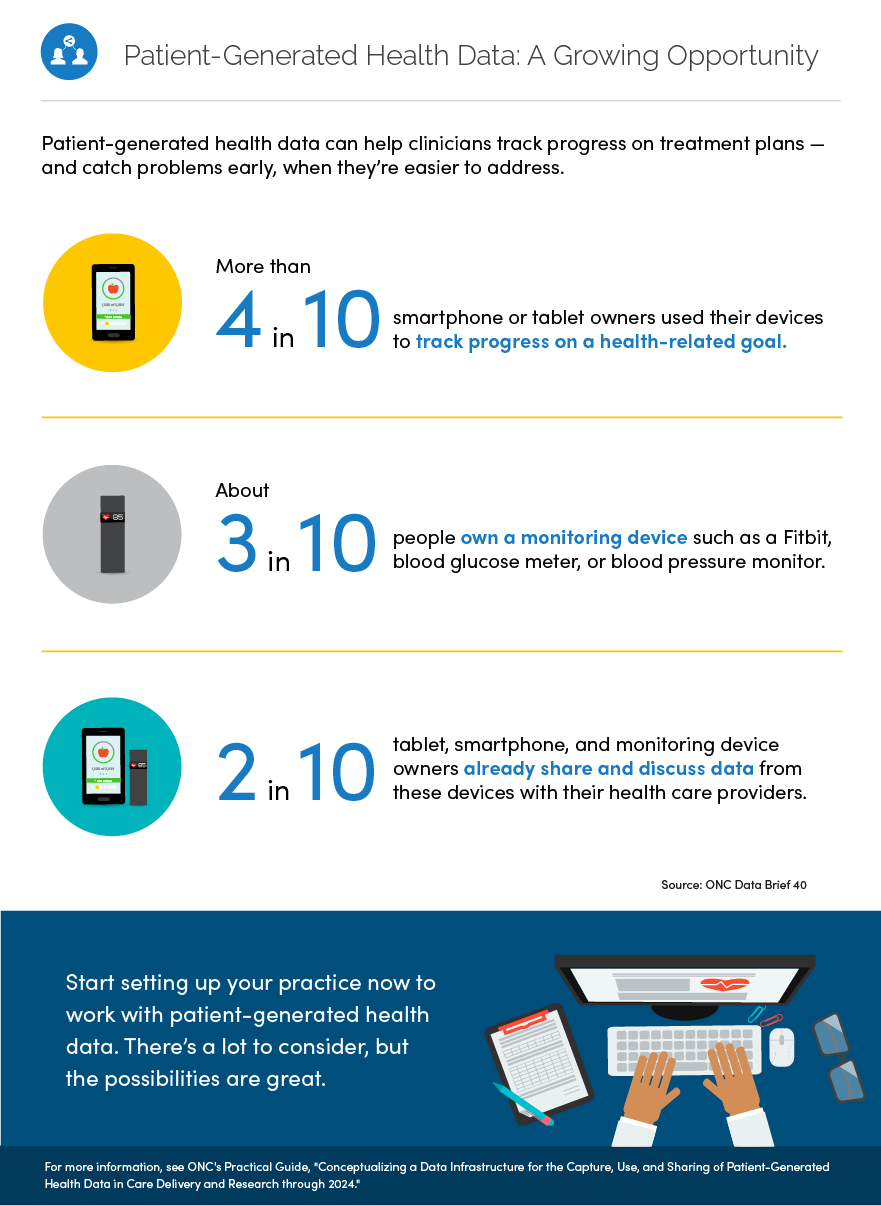Chapter 5
Integrate patient-generated health data and EHRs
In this chapter
Learn how to:
- Take steps to track patient-generated health data
- Improve preventive care by efficiently collecting family histories
Historically, clinicians have had limited access to data on patients’ health and well-being. They’ve made do with information collected during patient visits, like self-reported lifestyle habits and family health histories.
Technology is transforming our ability to collect accurate, reliable patient data.
In 2017,
More than
4 in 10
smartphone or tablet owners used their device to track progress on a health-related goal.70
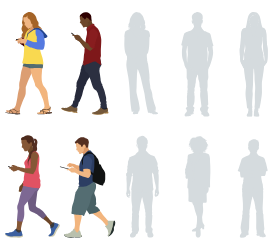
Adults with chronic conditions are most likely to track health indicators, like blood pressure or symptoms, than those without.71
Using technology, patients can also share information that’s critical for health care decision-making but often too time-consuming or cumbersome for clinicians to gather — like family medical histories. What’s more, patients can provide this data from home, so that clinicians can maximize precious office visit time.
This chapter describes how you can use the patient portal to systematically collect patient-generated data and harness them to improve clinical care and patient health.
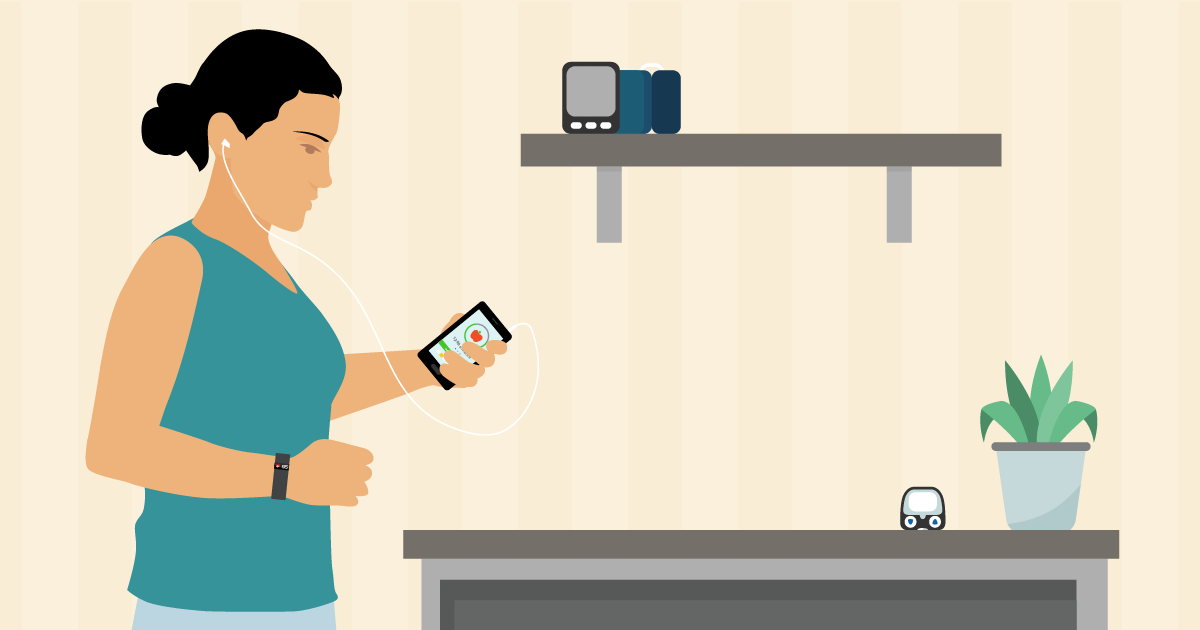
5.1 Track patient-generated health data
Across the nation, patients’ phones and computers are teeming with patient-generated health data: health-related data that patients create, record, or gather to help address a health concern. They include:
- Health history
- Treatment history
- Biometric data, like blood pressure readings
- Symptoms
- Lifestyle choices, like diet and exercise habits72, 73
As the amount of available data has grown, so too has our ability to collect, organize, and make sense of it all. More and more health systems are aggregating patient-generated health data in their EHRs and relying on these data to conduct remote monitoring — that is, to track patients’ wellness outside the clinic.
Clinicians can take advantage of these patient-generated health data to fill information gaps — and, ultimately, improve clinical decision-making, care delivery, and health outcomes.
The results are real for practices as well as patients:
- Fewer hospital readmissions, which can help avoid penalties for excessive readmission imposed by Centers for Medicare & Medicaid Services74
- Efficient diagnosis of illnesses, which saves practice resources
- Enhanced patient-centered care, so that clinicians can identify treatments and health behaviors that patients will follow through with
- Effective management of complex chronic conditions, so that patients can control their own health with less clinician intervention
“Using these tools — a wireless scale and bracelet-style activity tracker — my doctors and I have been able to assess intervention effectiveness, adjust dosages, unearth side effects, and clarify decision points.
Without the objective measure provided by my activity tracker, we would be basing our decision on my subjective assessments of getting worse… By putting my data to work for me, we can now do better.”
— Donna Cryer, liver transplant survivor75
Tips for Clinicians
Clinicians can use patient-generated health data to:
- Show how a patient is doing between visits
- Illustrate a patient’s health and behavior over time
- Inform strategies for preventive care and chronic disease management
- Improve patient safety by providing insight into medication adherence and allergies76
- Spark and support conversations with patients that result in shared decision making77
- Predict hospital readmission risk
Portals can streamline data collection by giving patients a platform for securely sharing information and completing online questionnaires. Clinicians can use the portal to send patients reminders to submit data and to follow up with patients as needed.
Tips for Practice Administrators
Consider taking steps to integrate patient-generated health data into your practice:
- Talk to staff about how patient-generated health data can improve care and efficiency
- Assess what data you’re already gathering and what additional data would be valuable
- Develop policies and procedures, like when to accept data and who will review them
- Educate patients and families about the value of and expectations for sharing patient-generated health data
- Start small — for example, by launching a pilot to collect symptoms for patients managing a chronic disease — and make changes as needed78
See HealthIT.gov for more information on patient-generated health data.
Patient-Generated Health Data Practical Guide
Overview
Document detailing best practices identified from 2 pilot demonstrations that tested concepts for the use of patient-generated health data in clinical care and research settings
Who it's for
Clinicians, researchers, health IT professionals, and health care administrators
When it's used
To learn suggested practices and questions to consider when implementing the capture, use, and sharing of patient-generated health data
Download the Patient-Generated Health Data Practical Guide [PDF - 392 KB]
Ochsner Health System79 | From the field
“In the past, we relied on patients to log information, bring it to us, and then we would input the data and decide a course of action. Now we can share information seamlessly between patient and physician to allow real-time, accurate analysis of a patient’s health status.”
— Robert Bober, MD, Director of Cardiac Molecular Imaging, Ochsner Medical Center
Ochsner Health System (OHS) is advancing the use of patient-generated health data through partnerships with Apple and its EHR developer.
Since October 2014, OHS has leveraged Apple HealthKit to create a more comprehensive picture of ongoing patient health. HealthKit, an iOS app, acts as a health dashboard by capturing health and activity data from other apps and wearable devices, like FitBit and Withings wireless blood pressure monitor. 80 Healthkit also has an open API (application programming interface), which enables other web applications to access its data. Using the API, OHS connected HealthKit to its EHR. As a result, OHS patients can automatically import HealthKit data into their EHRs and share it with clinicians.81
OHS piloted this integration in its Digital Medicine Program. The Digital Medicine Program, which focuses on patients with hypertension, uses remote monitoring to collect data including body weights and blood pressure measurements — all without patients leaving their homes. Clinicians and pharmacists see the data and follow up with patients in real time by, for example, adjusting their medications or tailoring lifestyle recommendations.82 One year in, OHS patients reported improved outcomes, engagement, and satisfaction with their care.
“For the first time in my life, I feel a sense of peace and comfort knowing that I’m under constant supervision and receiving high-quality care with little effort throughout my daily routine. This is the way health care should be.”
— Andres Rubiano, 54 year-old Digital Medicine Program patient who suffers from hypertension
The Center for Connected Health (CCH) implements programs rooted in connected health, a care model that uses information and communications technology — like mobile phones, computers, and wearable devices — to support patients’ health without disrupting their day-to-day lives.
CCCP cut heart failure-related hospital readmissions in half.
CCH’s Connected Cardiac Care Program (CCCP) showcases this approach. CCCP aims to improve self-management in heart failure patients at risk for hospitalization by combining:
- Regular clinical care
- Patient education
- Remote monitoring of indicators like blood pressure, heart rate, and weight
- Timely care and clinical feedback85
Clinicians used a central database to track all patient data. Data were also captured in patients’ EHRs.86
CCH conducted a retrospective study that evaluated the 4-month program87. At the outset, patients in the intervention and control groups had similar hospitalization rates. But for the duration of the program and up to 3 months after, hospitalization dropped significantly for patients enrolled in CCCP compared to those receiving typical care. CCCP patients also experienced significantly lower mortality rates during the program and for up to 4 months after discharge.88, 89
In addition to clinical outcomes, CCCP improved patients’ understanding of heart failure and self-management skills.90 These skills suggest a long-term payoff — even if patients have limited time in the program, they can still expect benefits down the line.
Clinicians come out on top, too. Even though CCCP costs $1,500 per patient, clinicians ultimately save $8,155 per patient from reductions in hospitalizations.91
“With our hospitals liable for thirty-day readmissions through CMS penalties, such interventions are becoming mainstay in the management of high risk patients.
As health technologies become more accessible and commoditized, programs like Connected Cardiac Care will be more affordable, and achieve an obvious return on investment.”
— Joseph C. Kvedar, MD, Vice President, Connected Health, Partners HealthCare
5.2 Collect family histories
“My goal over the past year has been to have the family history for most of my patients completed at least involving all first degree relatives. I did not find that this caused extra work or took much extra time – in fact it saved time and provided me valuable information for my practice.”
— Dr. Bruce Peyser, Medical Director, Pickett Road Clinic
Family health history can help predict a patient’s disease risk — essentially, it’s the simplest and least expensive form of genetic assessment.92 Traditionally, collecting and analyzing this information hasn’t been a routine part of primary care because of challenges like patients’ lack of knowledge about family history and clinicians’ limited time.
Now, technology-driven tools are changing the standard of risk assessments. These tools enable patients to systematically collect family health histories and report back to their clinicians. Clinicians can then ensure high-risk patients get necessary screenings and specialist care.93
Tips for Practice Administrators
To collect family histories efficiently and effectively, consider taking these steps:
- Encourage patients to enter pertinent family history through the patient portal — so they don’t have to recall family details during the visit
- Ask medical assistants to review family history before a visit — so clinicians don’t waste valuable visit time collecting that information
- Conduct clinical training about how to recognize genetic diseases and manage high-risk patients94
MeTree95 | From the field
The Genomedical Connection — a consortium between Duke University, the University of North Carolina at Greensboro, and the Moses Cone Health System in Greensboro, North Carolina — developed MeTree, a computerized self-administered family health history collection tool.
MeTree helps individuals have challenging conversations with loved ones about family health histories. It supports patients in collecting 3 generations of information on 48 conditions, including 20 cancers. The tool also generates a report for clinicians and patient-clinician talking points.
Clinicians can assess MeTree effectiveness by tracking appropriate screenings (like those for breast, colon, and ovarian cancers), testing for hereditary thrombophilia, and referrals to genetic counseling.96
By leveraging Fast Health Interoperability Resources (FHIR) — a new standard for exchanging health care information electronically97 — MeTree will soon connect to patients’ EHRs and allow patients and clinicians to seamlessly access this information.98
Chapter 5 Recap
Improve clinical decision-making by leveraging technologies to:
- Track patient-generated health data
- Collect family histories
Content last updated on: May 30, 2018

